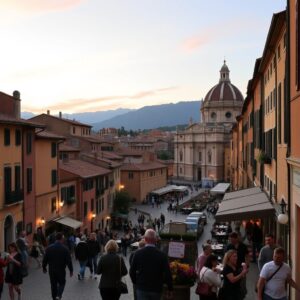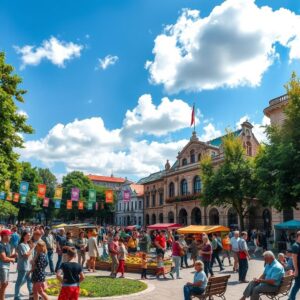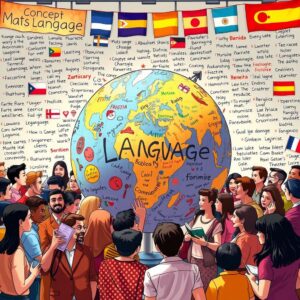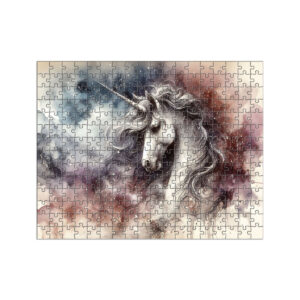
Explore & Play
Discover interesting topics and solve the accompanying crossword puzzle.
Sea Crossword: Exploring the World’s Seas and Their Importance
Table of Contents
Sea crossword
You can either fill in the crossword puzzle directly on this page or click the button in the bottom right corner to print it for free.
——————————————
Exploring the World’s Seas: Unique Facts and Global Importance
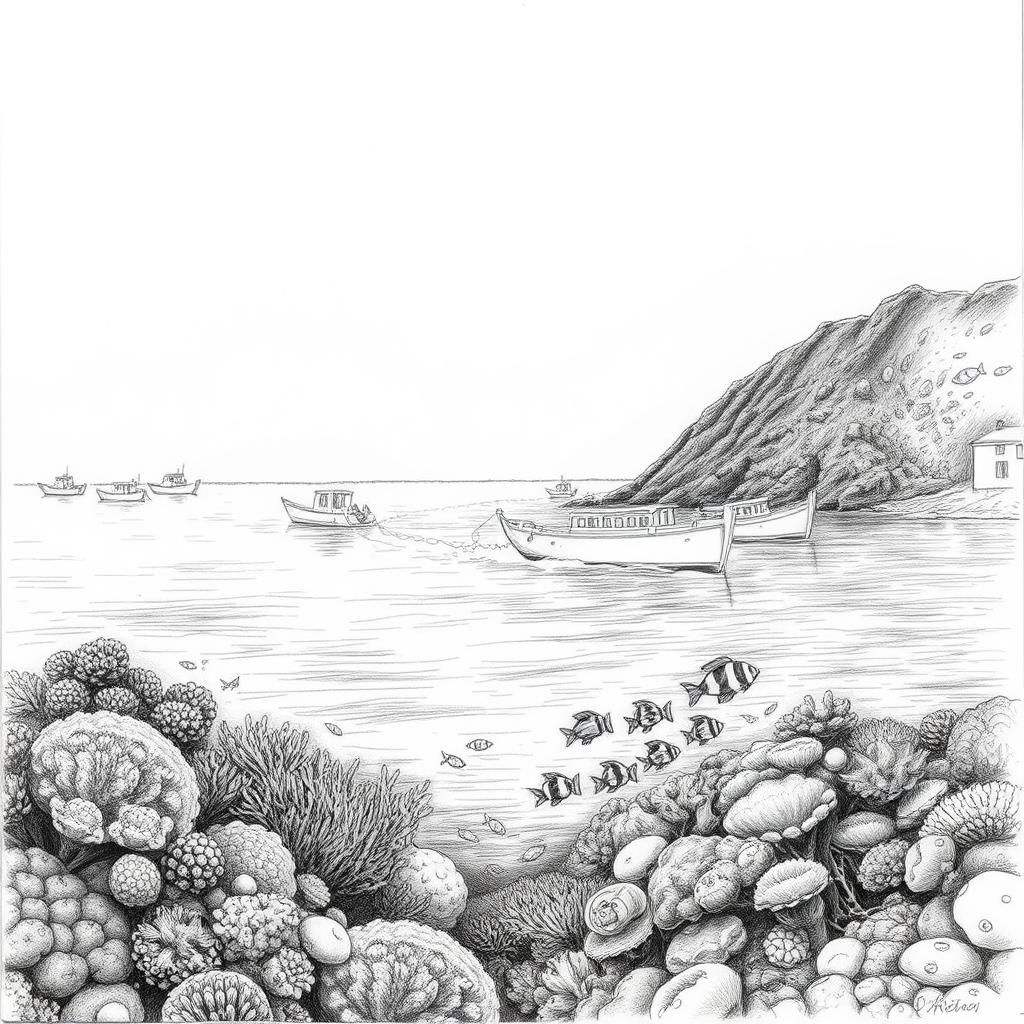
Introduction
Picture standing on the shore, waves gently lapping at your feet, the vastness of a sea stretching beyond the horizon. Seas are often mistaken for oceans, but there’s a quiet difference: seas are smaller, partly enclosed by land, and play a unique role in the delicate balance of our planet. They cradle bustling ecosystems, moderate climates, and carry stories of ancient civilizations and modern trade alike.
Far from just watery expanses, seas are living tapestries—home to shimmering coral reefs, mysterious creatures, and human cultures that have thrived along their edges for millennia. They are the arteries of global commerce and the stage for countless legends woven by coastal communities.
This article sets out to wander through some of the world’s most fascinating seas, uncovering the quirks that make each one remarkable. From the flash of bioluminescent fish in the Atlantic to the warm, salty embrace of the Red Sea’s coral gardens, we’ll glimpse the natural wonders, environmental challenges, and enduring cultural ties that these bodies of water hold. Join me as we dive beneath the surface, exploring how these seas shape not just our planet’s geography, but our very way of life.
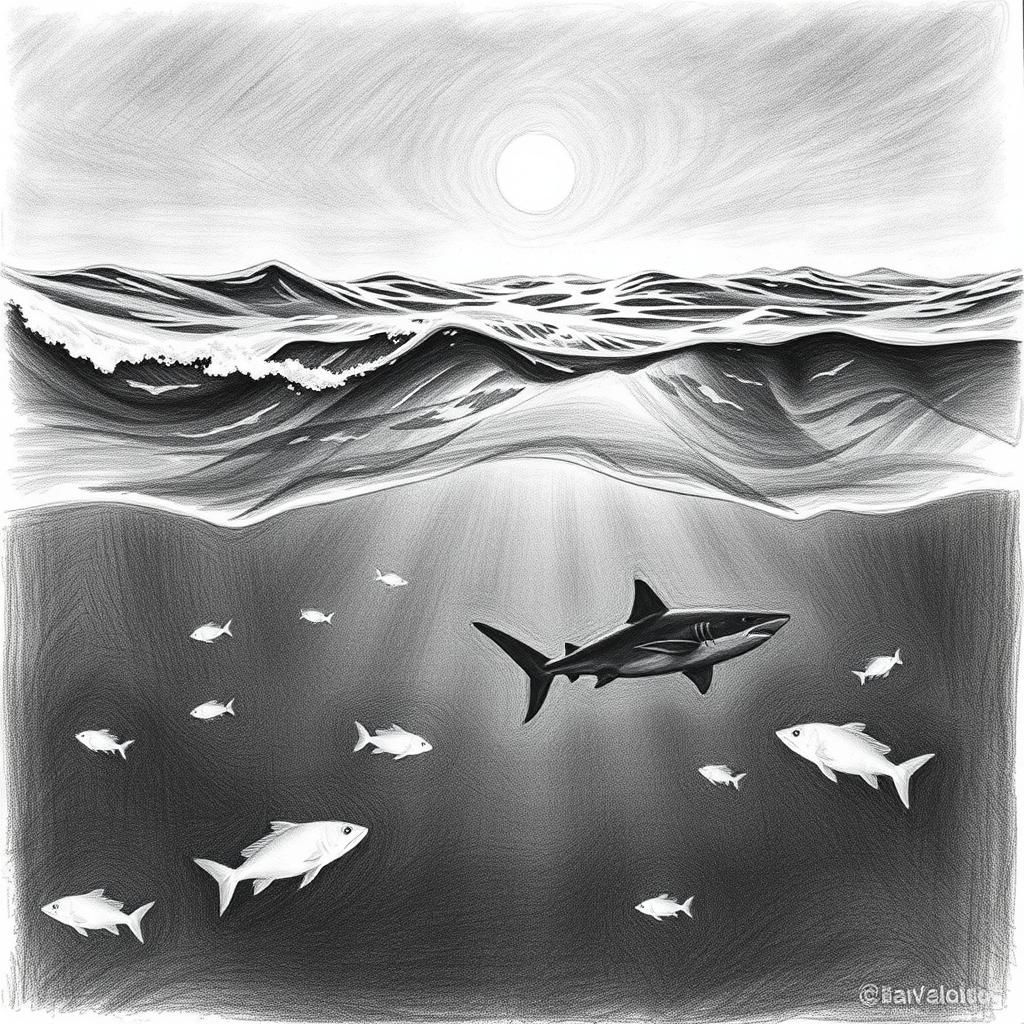
The Atlantic Ocean
Picture the Atlantic as a restless giant, its waters stretching wide between continents, teeming with life both strange and spectacular. Beneath its surface, bioluminescent fish light up like underwater stars, painting the dark sea with flickers of blue and green. Here, creatures like goblin sharks—those deep-sea oddities with extendable jaws—and the formidable great white sharks patrol the depths, reminding us that this ocean is as mysterious as it is vast.
But the Atlantic is more than just a stage for marine wonders. It quietly shapes our world’s climate, circulating heat across the globe with its powerful currents. This circulation acts like a planetary thermostat, helping to regulate temperatures from the tropics to the poles. The ocean’s role as a biodiversity hotspot means countless species depend on its health, a delicate balance we often take for granted.
Historically, the Atlantic was the great stage for exploration and trade. It witnessed daring voyages that linked continents, cultures, and economies. Today, its waters still pulse with life and commerce—supporting fisheries, shipping lanes, and coastal communities whose livelihoods are woven into the tides.
In every wave, the Atlantic carries stories—of ancient migrations, shifting climates, and the enduring bond between humanity and the sea. It’s a force that shapes not only our planet’s ecology but also the course of history itself.
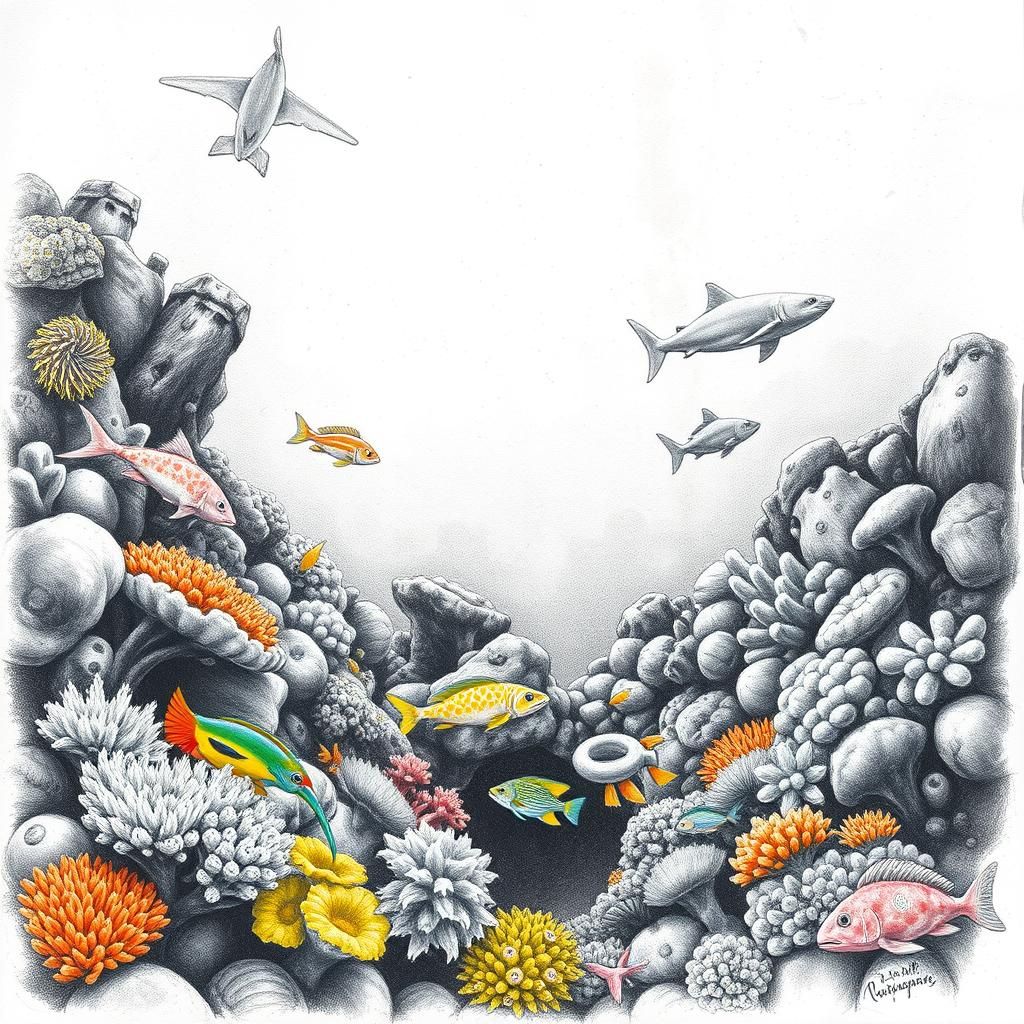
The Caribbean Sea
Step onto the warm, turquoise waters of the Caribbean, and you instantly feel the pulse of endless adventure. Beneath the surface, vibrant coral reefs stretch like underwater cities, alive with a kaleidoscope of tropical fish darting through the sunlight. This isn’t just a playground for snorkelers; it’s a living tapestry woven by nature and human stories alike.
Hidden cays—little islands kissed by palm trees and kissed by the sea breeze—offer secret snorkeling spots where the water glistens with life. Imagine swimming alongside graceful sea turtles or spotting a shy seahorse camouflaged among swaying sea fans. For the curious traveler, interactive treasure hunts add a dash of excitement—part history lesson, part thrill—unearthing tales of pirates, colonial settlers, and indigenous peoples who once navigated these waters.
This richness doesn’t stop with the reefs. The Caribbean Sea is a bustling hub of marine biodiversity. From the brightly colored parrotfish crunching on coral to the elusive nurse sharks resting in caves, the ecosystem here is a delicate dance of survival and beauty.
But the sea’s influence flows beyond nature. It shapes the rhythms of daily life, inspiring reggae beats, culinary delights like fresh seafood stews, and festivals that celebrate the ocean’s bounty. Coastal communities thrive on this intimate relationship—fishermen casting nets at dawn, islanders preserving traditions passed down through generations.
In every splash and every sunset over the Caribbean Sea, there’s a story of connection—between past and present, people and nature, adventure and identity. It’s a reminder that this sea isn’t just water; it’s a living heartbeat of culture and life.
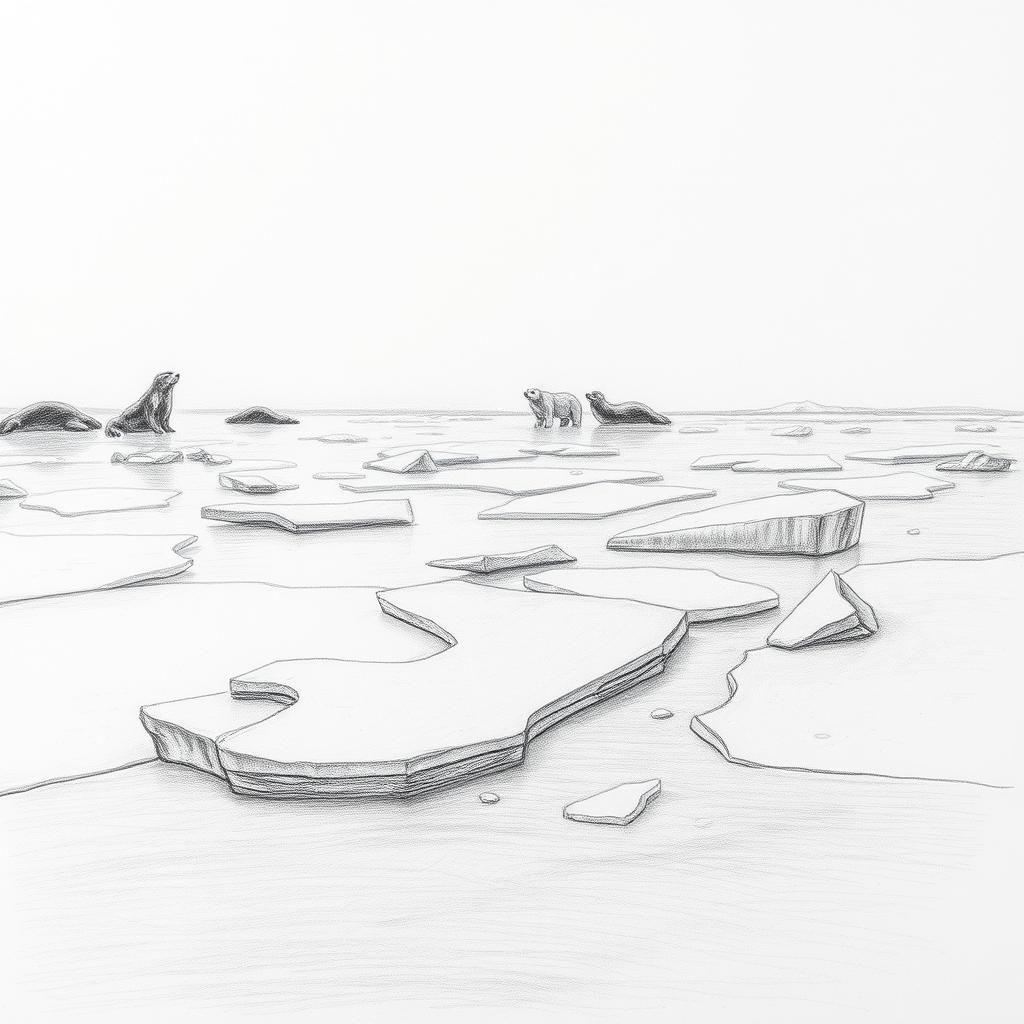
The Arctic Sea
Picture a vast expanse of shimmering ice stretching beyond the horizon, where silence reigns and every breath you take feels crisp and sharp. The Arctic Sea is more than just a frozen wilderness—it’s a fragile heartbeat in our planet’s climate rhythm.
For decades, the steady retreat of Arctic sea ice has painted a grim portrait of warming temperatures. Melting ice doesn’t just shrink the ice cap; it sends ripples across the globe—raising sea levels, altering weather patterns, and unsettling ecosystems far beyond the polar circle. Yet recently, scientists have noticed a surprising slowdown in this melting pace, a subtle pause that whispers of nature’s resilience, though its cause remains a puzzle.
Beneath this icy canopy lives a cast of extraordinary creatures, each shaped by the harshness of their home. Seals and walruses haul out onto the ice, polar bears roam, their coats blending with snow and sky, and tiny plankton bloom beneath the surface, fueling the whole Arctic food web. These unique adaptations—thick fur, layers of fat, and behaviors timed to the shifting seasons—remind us of life’s tenacity in even the most extreme places.
The Arctic Sea is not just a remote wilderness; it’s a powerful regulator of Earth’s temperature. Its ice reflects sunlight back into space, helping to cool the planet. As that ice diminishes, the balance tips, prompting urgent questions about our future. In the quiet, frozen frontier, the story of our changing world unfolds—a reminder that even the coldest places are deeply woven into the warmth and well-being of us all.
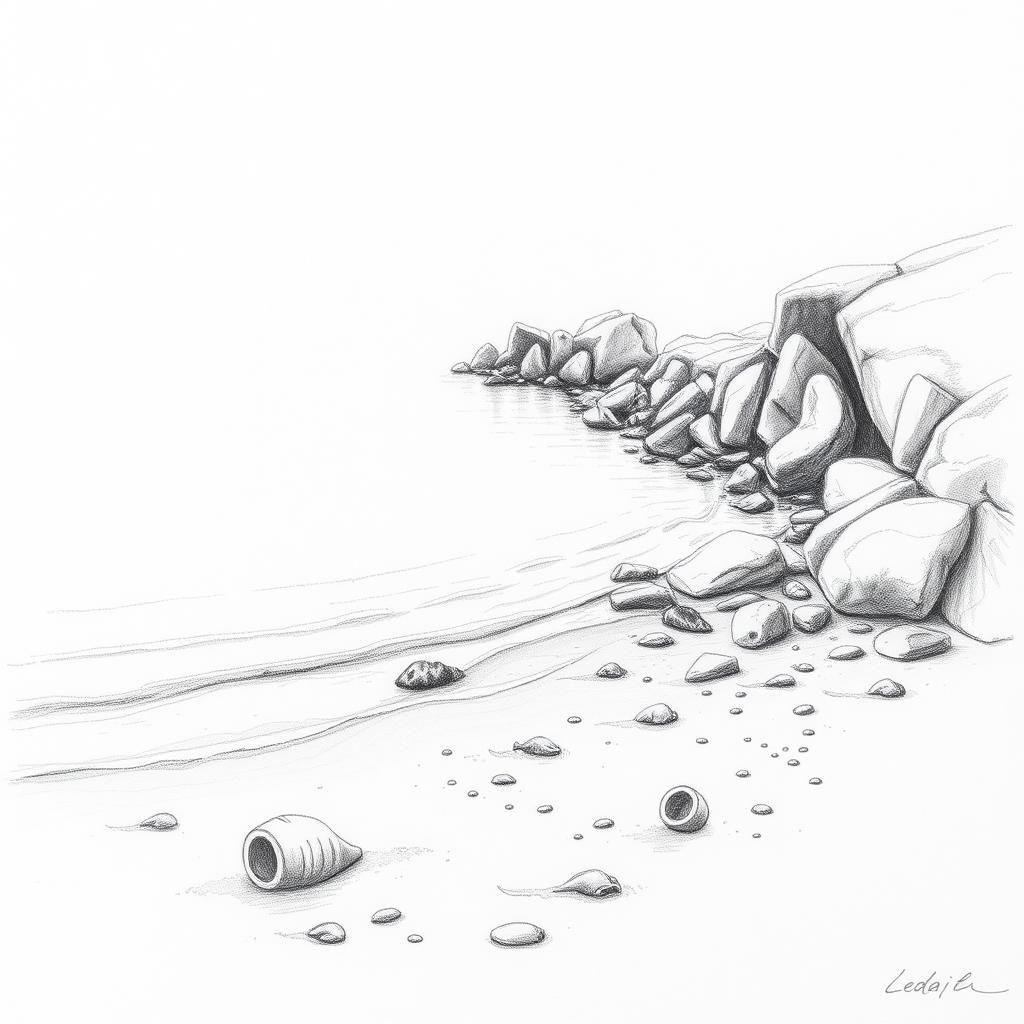
The Mediterranean Sea
Imagine standing on the sun-warmed shore of the Mediterranean, watching the gentle rise and fall of a sea that has witnessed the footsteps of empires, the crash of ancient battles, and the quiet rhythms of everyday life for millennia. Unlike the mighty oceans, the Mediterranean’s tides seem almost shy—its small swings often whispered about in myths as if the sea held secrets just beneath the surface.
Those myths have long suggested the Mediterranean has no tides at all, a belief woven into the stories of ancient sailors who gazed at its seemingly calm waters. The truth, as science tells us, is a bit more subtle. Its enclosed geography—surrounded by land on nearly all sides—keeps tidal ranges low compared to open oceans. Water levels gently sway, influenced by the Atlantic through the Strait of Gibraltar and the warm, calm embrace of the sea itself. This quiet tidal dance reflects the Mediterranean’s unique character: a sea more intimate than vast, more a cradle of history than the untamed wild.
And what a history it is. The Mediterranean is often called the “Cradle of Civilization,” and for good reason. Along its shores arose the Egyptians, Phoenicians, Greeks, and Romans—peoples whose stories ripple through time like echoes in the waves. Its waters served not just as a highway for ships laden with olive oil, spices, and wine but as a meeting point of cultures, ideas, and art. Think of the mosaics that decorate ancient villas, the timeless recipes of seafood stews smelling of lemon and herbs, the music that carries the cadence of the sea breeze. Each coastal town carries a part of this legacy, an identity shaped by a seascape that has nurtured life and culture in equal measure.
Yet, beneath the surface of this historic beauty lies a fragile world. The Mediterranean’s rich biodiversity, from colorful coral gardens to mysterious deep-sea creatures, struggles against modern pressures. Pollution seeps into its waters, and overfishing threatens to silence once bustling marine communities. These challenges remind us that this sea, so steeped in human history, needs our care to keep its stories alive.
The Mediterranean is more than a body of water. It’s a living museum where tides and tales intertwine, where every wave holds memories, and where the past continues to shape the present. Walking its shores, you don’t just see a sea—you feel the heartbeat of centuries.
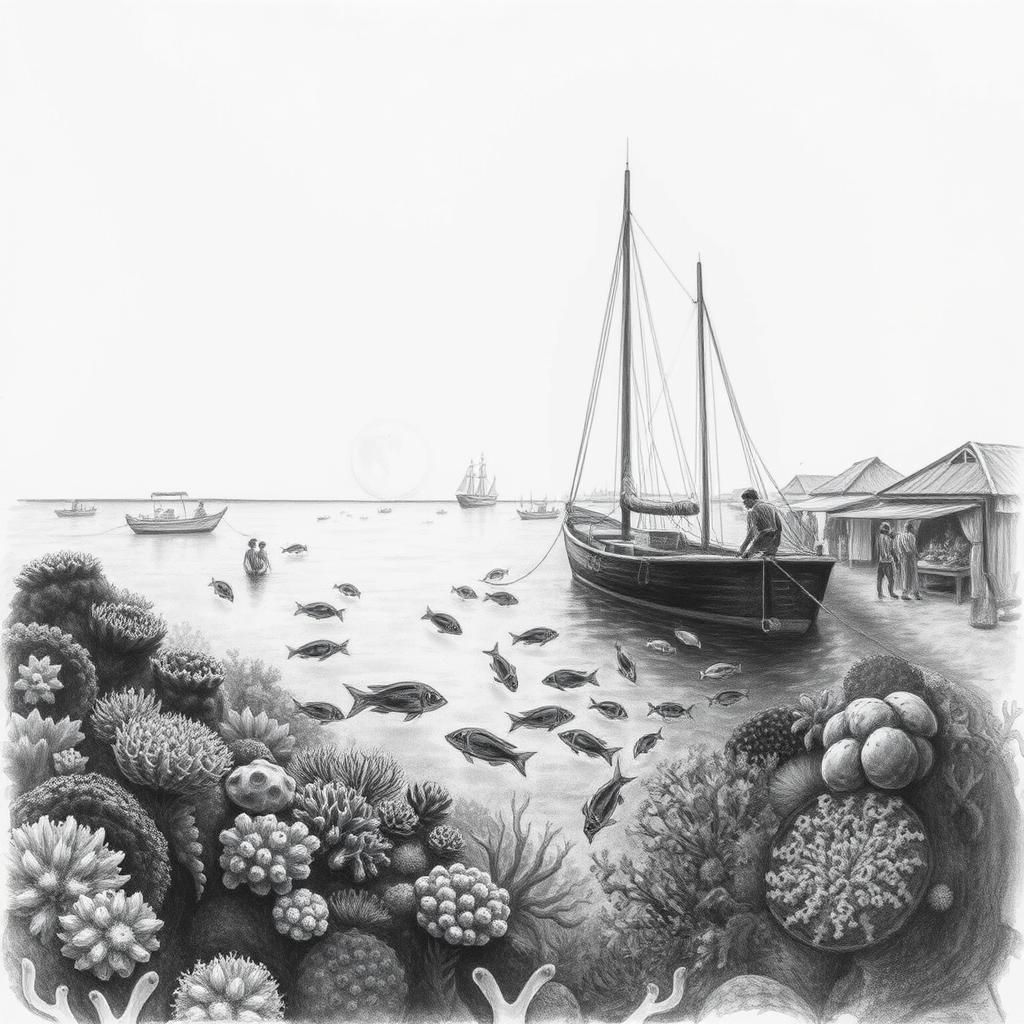
The Red Sea
Step into waters that shimmer with a rare, molten clarity—the Red Sea is unlike any other. Its warm, salty embrace creates a sanctuary where coral reefs flourish with a vividness that feels almost otherworldly. These reefs aren’t just pretty gardens beneath the waves; they’re bustling neighborhoods of marine life, home to countless species that depend on this delicate ecosystem for survival. The balance here is fragile, yet the vibrancy is striking—bright orange corals, darting fish in every color imaginable, and graceful sea turtles weaving through the blue canvas.
But the Red Sea is more than its underwater riches. For centuries, it has shaped the cultures along its shores. Fishermen still launch their traditional dhows at dawn, carrying on customs passed down through generations. Coastal markets overflow with the day’s catch, blending the scent of salt and spice with the lively hum of human connection. The sea isn’t just a resource; it’s woven into the fabric of daily life, inspiring tales, rituals, and livelihoods that ripple through time.
Tourism here thrives on these living wonders—divers and snorkelers flock to experience the surreal beauty firsthand, their presence drawing attention to the sea’s irreplaceable value. This growing interest comes with a responsibility, and thankfully, efforts to protect the Red Sea’s unique environment are underway. Conservation projects focus on safeguarding reefs from threats like pollution and overfishing, while local communities rally to preserve the traditions that keep the sea’s spirit alive. In this meeting of past and present, nature and culture, the Red Sea quietly reminds us how deeply connected we are to the waters that shape our world.

The Indian Ocean
Stretching far beyond a vast expanse of blue, the Indian Ocean quietly pulses at the heart of global commerce and culture. Picture this: narrow waterways like the Strait of Hormuz and Bab-el-Mandeb serve as maritime chokepoints—a pinch in the ocean’s flow where a massive portion of the world’s oil and goods pass through daily. These routes aren’t just lines on a map; they’re the arteries feeding economies from the Middle East to Asia and beyond, carrying the lifeblood of global trade.
Beneath the surface, the Indian Ocean’s unique geology shapes these crucial pathways. The shifting tectonic plates and underwater ridges influence shipping lanes and the movement of currents, creating a complex, ever-changing landscape for seafarers and traders alike. For India, situated along these vibrant routes, the ocean is more than water—it’s a gateway to economic growth and regional influence, tying the nation’s future to the rhythm of the waves.
But this ocean is more than sheer commerce. Its warm, nutrient-rich waters nurture an astonishing variety of marine life, from dazzling coral reefs to vast schools of fish that sustain the livelihoods of coastal communities. These cultures, rich in tradition and intertwined with the sea, remind us how deeply human lives flow with the tides. Each wave carries stories of ancient sailors, fishermen, and traders, echoing the enduring bond between people and ocean.
In the Indian Ocean, the pulse of nature and human endeavor beat in tandem—a living reminder of how the world’s seas shape our history, culture, and economy in ways both vast and intimate.
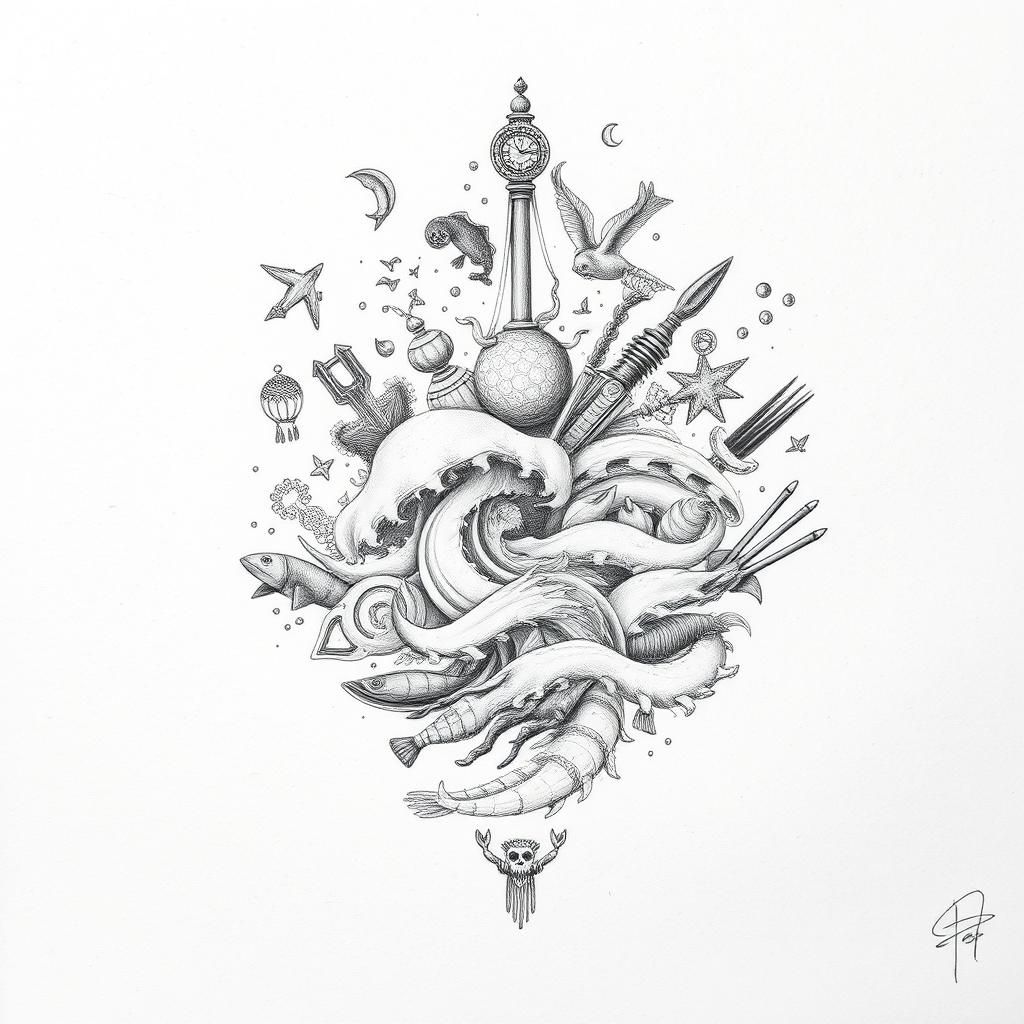
As we’ve journeyed from the glowing depths of the Atlantic to the vibrant reefs of the Red Sea, and traced the Arctic’s fragile ice to the bustling trade routes of the Indian Ocean, one message rings clear: seas are more than just bodies of water. They are living, breathing crossroads where ecology, culture, and economy intertwine in ways that shape our world. Each sea carries its own story—a story of unique life forms, ancient traditions, and modern challenges. Together, they form a vast, interconnected web crucial for our planet’s health and humanity’s survival. It’s up to all of us to respect, protect, and cherish these watery worlds, ensuring they continue to inspire wonder and sustain life for generations to come.
Share to...
I hope you enjoy the content.
Want to receive our daily crossword puzzle or article? Subscribe!
You may also be interested in
Share to…
Want to receive our daily crossword puzzle?
-
Jigsaw Puzzles
Majestic Unicorn Watercolor Puzzle 250 | 300 | 500 Brikker
kr 348,00 – kr 439,00Price range: kr 348,00 through kr 439,00 Select options This product has multiple variants. The options may be chosen on the product page -
Jigsaw Puzzles
Norwegian Stave Church Abstract Jigsaw Puzzle 250 | 300 | 500 Pieces
kr 348,00 – kr 439,00Price range: kr 348,00 through kr 439,00 Select options This product has multiple variants. The options may be chosen on the product page -
Jigsaw Puzzles
Rose-Tinted Dreams Floral Puzzle 250 | 300 | 500 Pieces
kr 348,00 – kr 439,00Price range: kr 348,00 through kr 439,00 Select options This product has multiple variants. The options may be chosen on the product page
